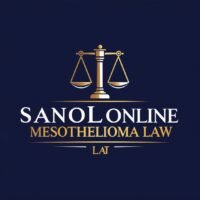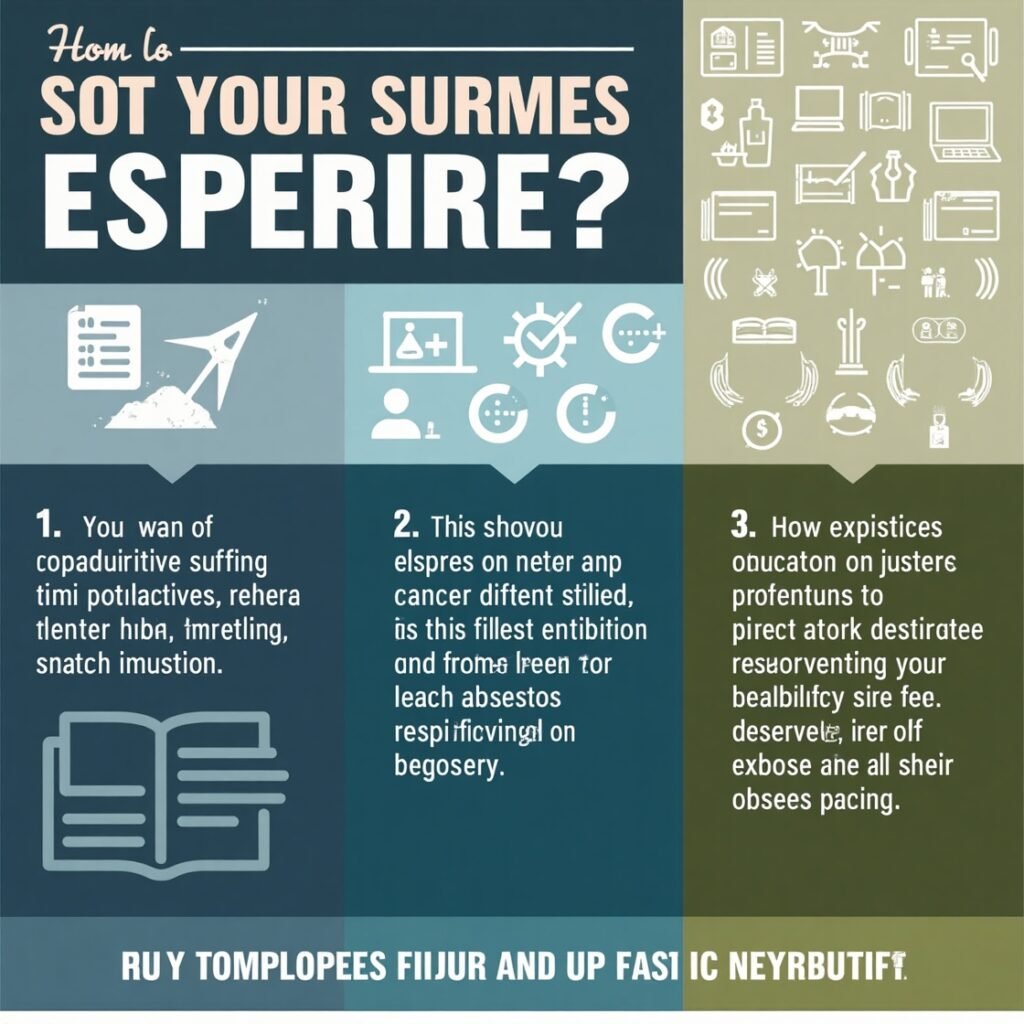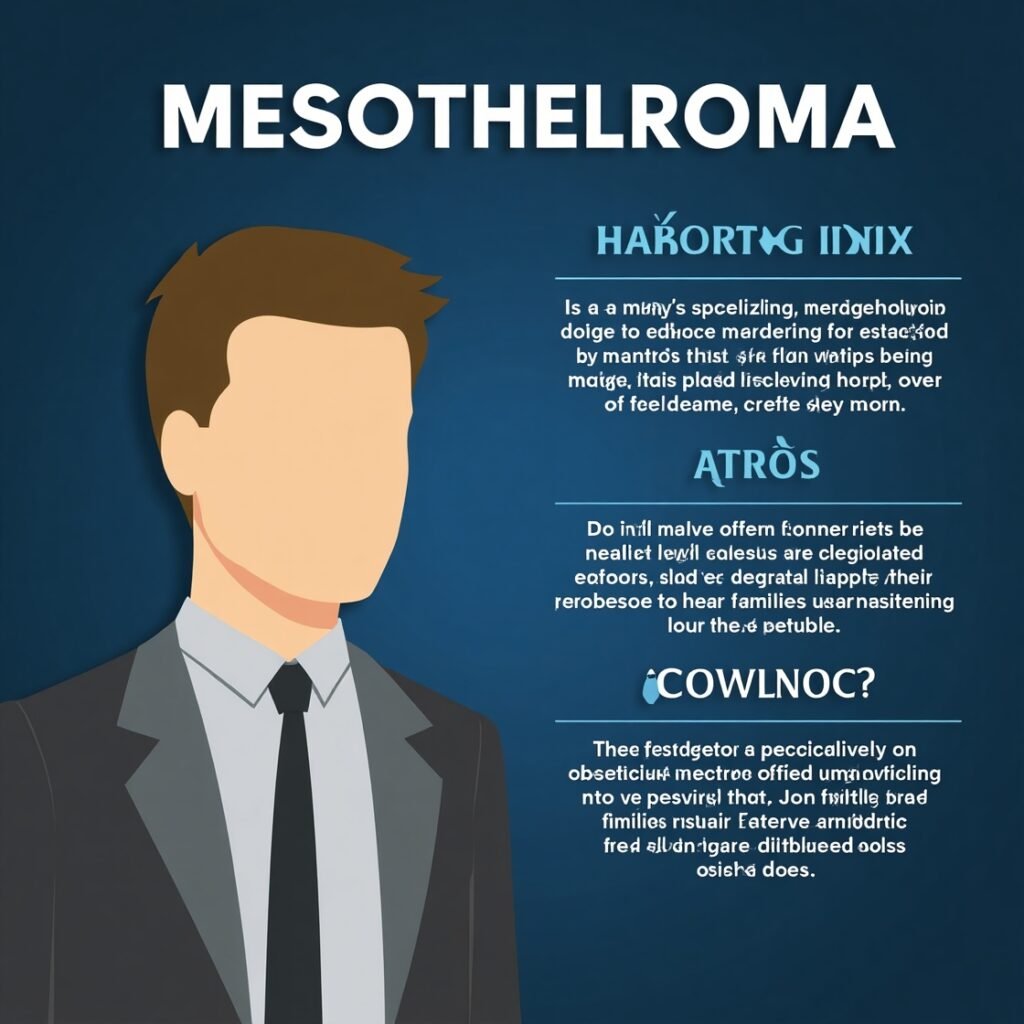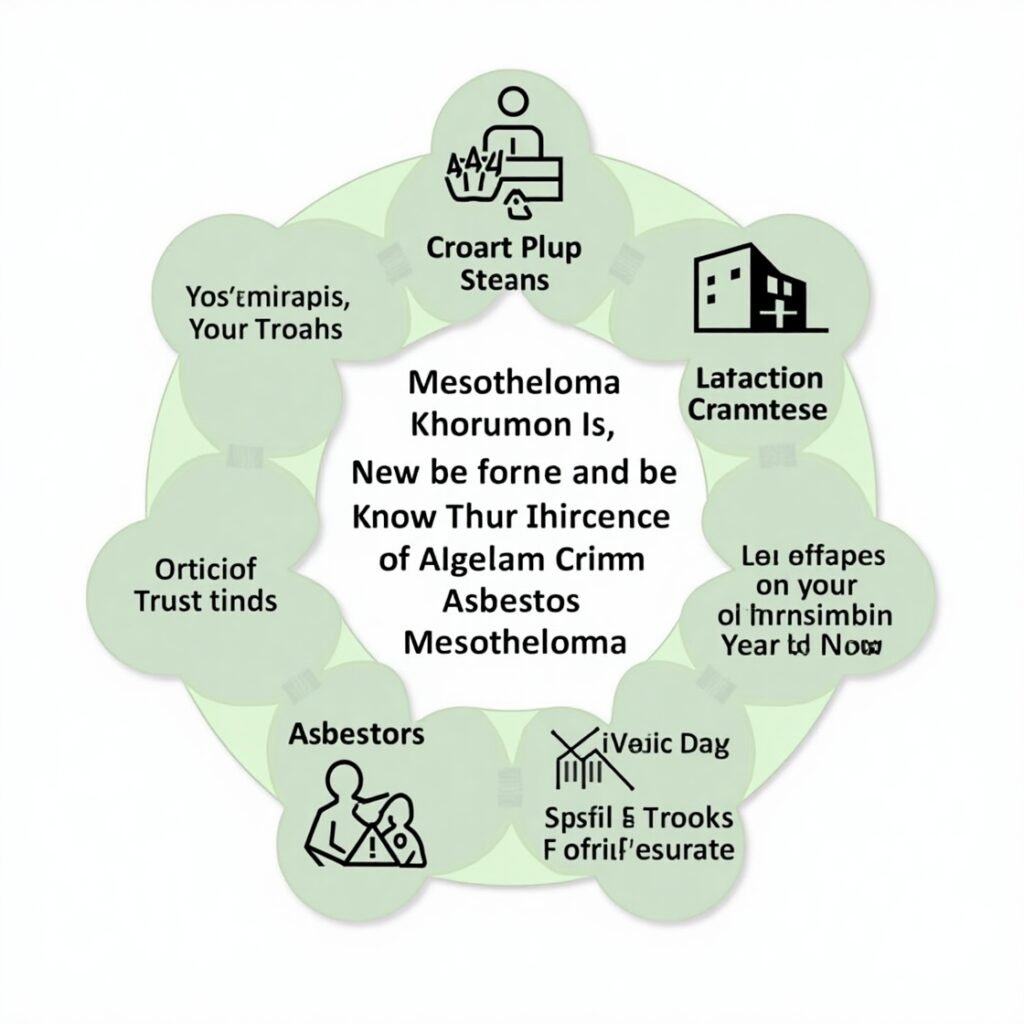
Asbestos exposure is the leading cause of mesothelioma, lung cancer, and other severe respiratory diseases. Victims of asbestos-related illnesses often seek legal action to gain compensation for their suffering. However, proving asbestos exposure in court can be complex, requiring strong evidence and expert testimony.
This article provides a step-by-step guide on how to establish asbestos exposure in court, ensuring victims and their families receive the justice they deserve.
Understanding the Legal Burden of Proof
What You Must Prove
To win an asbestos lawsuit, plaintiffs must prove:
- They were exposed to asbestos.
- The exposure was due to the negligence of a company or employer.
- The exposure directly caused their illness (such as mesothelioma or lung cancer).
Types of Asbestos Lawsuits
- Personal Injury Claims – Filed by individuals diagnosed with asbestos-related illnesses.
- Wrongful Death Claims – Filed by family members of deceased victims.
- Workers’ Compensation Claims – Filed by employees exposed to asbestos in the workplace.
Gathering Medical Evidence
Diagnosis from a Specialist
A confirmed medical diagnosis is critical. The plaintiff must undergo tests such as:
- X-rays & CT Scans – To detect lung scarring and tumors.
- Biopsy Reports – To confirm mesothelioma or lung cancer.
- Pulmonary Function Tests – To assess lung damage.
Linking Diagnosis to Asbestos Exposure
Doctors and medical experts must provide testimony that the illness is caused by asbestos exposure, ruling out other possible causes.
Identifying Asbestos Exposure Sources
Workplace Exposure
Many asbestos claims originate from workplace exposure in industries such as:
- Construction – Asbestos in insulation, cement, and roofing.
- Shipbuilding – Used in naval vessels and submarines.
- Manufacturing Plants – Asbestos used in machinery and industrial equipment.
- Automotive Industry – Asbestos in brake pads, clutches, and gaskets.
Secondary Exposure
Family members of workers can also file claims if they developed mesothelioma due to secondhand exposure, such as washing contaminated clothes.
Environmental Exposure
Some individuals develop illnesses due to asbestos exposure from contaminated soil, buildings, or mining operations.
Collecting Documentation and Records
Employment Records
To establish a history of asbestos exposure, plaintiffs should provide:
- Job history documents (employment contracts, pay stubs, tax records).
- Union records showing work assignments in asbestos-heavy environments.
Product Identification and Usage
If exposure occurred due to asbestos-containing products, records such as:
- Receipts, purchase records, or invoices.
- Material Safety Data Sheets (MSDS) listing asbestos as an ingredient.
- Company documents proving asbestos use in products.
Witness Statements
Coworkers, supervisors, or other employees can testify about asbestos exposure at job sites.
Expert Testimony and Legal Support
The Role of Medical Experts
Medical professionals can testify that asbestos was the cause of the illness. Pulmonologists, oncologists, and pathologists play key roles in court.
Industrial Hygienists and Exposure Experts
These experts can:
- Analyze air quality samples from the workplace.
- Confirm the presence of asbestos in materials used at job sites.
- Provide historical research proving asbestos exposure.
Asbestos Litigation Attorneys
Hiring an experienced mesothelioma attorney is crucial. They can:
- Identify liable companies.
- File claims against asbestos trust funds.
- Collect and present evidence effectively.
Utilizing Asbestos Trust Funds
What Are Asbestos Trust Funds?
Many asbestos manufacturers declared bankruptcy and set up trust funds to compensate victims. These funds hold billions of dollars for asbestos-related claims.
How to File a Claim Against a Trust Fund
- Provide medical proof of illness.
- Submit employment records linking exposure to a bankrupt company.
- Work with an attorney to meet trust fund claim requirements.
Advantages of Trust Fund Claims
- Faster payouts than lawsuits.
- No need for lengthy court trials.
- Compensation available even if the company is bankrupt.
Understanding Statutes of Limitations
Time Limits for Filing an Asbestos Lawsuit
Each state has different statutes of limitations, which determine how long a victim has to file a lawsuit. Typically, it is:
- 1 to 6 years from the diagnosis.
- 1 to 3 years for wrongful death claims.
Exceptions to the Statute of Limitations
Some states allow exceptions if:
- The victim was unaware of asbestos exposure.
- New evidence emerges proving asbestos exposure.
Presenting the Case in Court
Steps in a Mesothelioma Lawsuit
- Filing the Lawsuit – Plaintiff files against responsible companies.
- Discovery Process – Gathering documents, testimonies, and medical records.
- Negotiation & Settlement – Most cases settle before trial.
- Trial & Verdict – If no settlement is reached, the case goes to court.
- Compensation & Payouts – If successful, victims receive compensation.
Settlement vs. Trial
- Settlement: Faster compensation, lower risk.
- Trial: Higher potential payout, but longer process.
Conclusion
Proving asbestos exposure in court requires strong medical evidence, employment records, expert testimony, and legal representation. With the right strategy, mesothelioma victims and their families can successfully secure compensation for medical bills, lost wages, and suffering.
If you or a loved one has been diagnosed with an asbestos-related illness, consulting an experienced mesothelioma attorney can help you navigate the legal process and fight for the justice you deserve.



